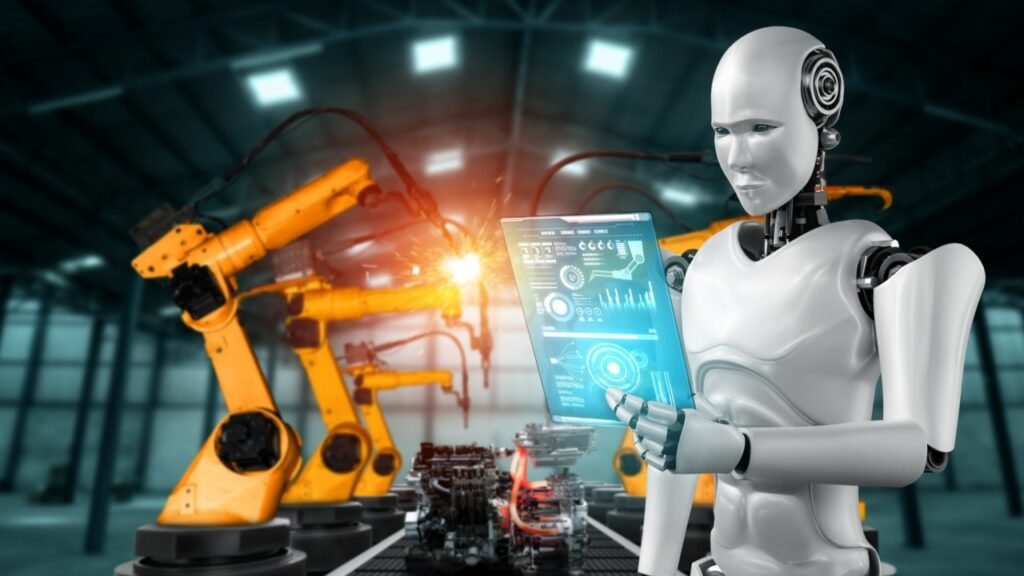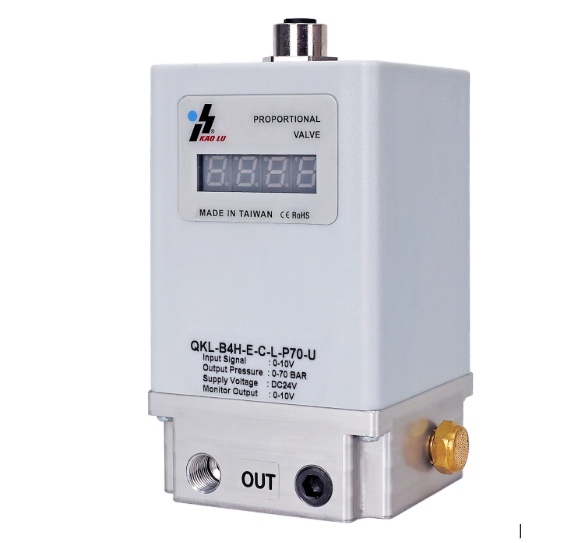Introduction
The dawn of robotics is a new era in the world of technology, where machines are increasingly taking over tasks traditionally performed by humans. As we venture further into the 21st century, robots are no longer confined to the realms of science fiction; they are actively transforming industries, economies, and everyday life. Robotics is pushing the boundaries of automation, redefining what it means to be efficient, innovative, and productive. This article explores how robotics is reshaping the landscape of automation, revolutionizing various sectors, and offering new opportunities and challenges.
The Evolution of Robotics
Historically, automation was associated with simple, repetitive tasks. The first forms of automation, such as the assembly line, paved the way for the mechanization of industries in the early 20th century. However, these early automation systems were limited by their lack of flexibility and adaptability. Robotics, on the other hand, represents a more advanced form of automation that incorporates artificial intelligence (AI), machine learning, and advanced sensors, allowing machines to perform complex tasks with a degree of precision and autonomy that was once unimaginable.
The field of robotics has evolved significantly since the introduction of the first industrial robot, Unimate, in the 1960s. Today, robots are capable of handling a wide range of tasks, from manufacturing and assembly to healthcare and even entertainment. The ability of robots to perform tasks with greater accuracy, speed, and consistency is one of the key factors driving the current revolution in automation.
See also: Digital Transformation in Traditional Industries: Revolutionizing the Core of Established Sectors
Robotics and Automation: A New Paradigm
Robots are redefining automation by taking over tasks that require not only physical effort but also decision-making, problem-solving, and learning. This shift marks a significant departure from the traditional view of automation as simply a replacement for manual labor. Today, robotics enables the automation of tasks that require cognitive capabilities, such as data analysis, pattern recognition, and real-time adaptation to changing environments.
One of the most remarkable aspects of this new era of robotics is the increasing sophistication of robots. Many modern robots are equipped with AI-powered algorithms that allow them to learn from experience and improve their performance over time. For example, robots used in manufacturing are now able to adjust their processes based on real-time data, leading to optimized production lines and reduced waste.
Additionally, collaborative robots, or cobots, are emerging as key players in the automation landscape. Unlike traditional industrial robots, which are often separated from human workers due to safety concerns, cobots are designed to work alongside humans in a shared workspace. These robots are equipped with advanced sensors and safety features, making them more adaptable and safe to operate in environments where human interaction is essential.
Applications of Robotics in Automation
Robotics has far-reaching applications across a wide array of industries. Below are some of the sectors where robotics is making a significant impact:
- Manufacturing:
Manufacturing was the first industry to adopt automation on a large scale, and robots have been instrumental in improving production efficiency. Modern robots in manufacturing can perform a variety of tasks, including assembly, painting, welding, and material handling. The integration of AI and machine learning has further enhanced their capabilities, enabling robots to optimize production processes, reduce downtime, and improve product quality. - Healthcare:
Robotics is also revolutionizing healthcare. Surgical robots, such as the da Vinci Surgical System, allow for minimally invasive procedures, offering greater precision and quicker recovery times for patients. In addition to surgery, robots are being used in drug delivery, rehabilitation, and elderly care. These robots can assist patients with mobility, monitor their health in real-time, and provide companionship, improving the overall quality of life for individuals with chronic conditions. - Logistics and Supply Chain:
In the logistics and supply chain sector, robots are streamlining operations and improving efficiency. Autonomous mobile robots (AMRs) are used in warehouses to move goods, sort packages, and even conduct inventory checks. Drones, too, are beginning to play a role in last-mile delivery, reducing delivery times and improving accuracy. With the rise of e-commerce, the integration of robotics into logistics has become crucial for meeting the demands of fast-paced consumer behavior. - Agriculture:
Robotics is also making waves in agriculture, where robots are used to plant, irrigate, harvest, and monitor crops. Agricultural robots, often called agri-robots, can help farmers increase yields, reduce labor costs, and minimize the use of pesticides and fertilizers, contributing to sustainable farming practices. Robots equipped with sensors can also analyze soil quality and climate conditions, providing valuable data to optimize crop production. - Retail and Customer Service:
In retail, robots are being deployed for inventory management, customer service, and even in-store assistance. Robotic checkout systems, such as Amazon’s cashier-less stores, allow for seamless shopping experiences by using AI and computer vision to track purchases. Service robots, like those used in hotels and restaurants, can guide customers, deliver food, and handle basic inquiries, improving efficiency and customer satisfaction.
Challenges and Ethical Considerations
While robotics offers numerous benefits, it also raises several challenges and ethical concerns that need to be addressed. One of the primary concerns is the impact of automation on jobs. As robots take over more tasks, there is a growing fear that human workers will be displaced, leading to unemployment and inequality. However, proponents argue that robots can complement human labor by taking on dangerous, repetitive, or physically demanding tasks, allowing humans to focus on higher-level work.
Another issue is the ethical use of robots, particularly in fields like healthcare and military applications. The question of how autonomous robots should make decisions, especially in life-or-death situations, is a complex one that requires careful consideration. Additionally, privacy concerns related to the use of robots in surveillance or data collection must be addressed to ensure that the technology is used responsibly.
The Future of Robotics in Automation
Looking ahead, the future of robotics in automation is incredibly promising. As robots become more intelligent and autonomous, their potential applications will continue to expand. Innovations in AI, machine learning, and 5G technology will enable robots to work even more efficiently and collaboratively. Additionally, the development of soft robotics—robots that are flexible and adaptable—could open up new possibilities in fields like medicine and space exploration.
The integration of robotics with other cutting-edge technologies, such as the Internet of Things (IoT) and blockchain, will also drive further advancements. For instance, robots could communicate with other machines and devices in real time, enabling more coordinated and efficient systems.
Conclusion
Robotics is undeniably changing the way we think about automation, offering solutions to challenges that were once thought insurmountable. From manufacturing to healthcare and beyond, robots are enabling new levels of productivity, precision, and innovation. However, as the technology continues to evolve, it is essential to balance the benefits of robotics with the potential risks and ethical considerations. By doing so, we can ensure that robotics continues to redefine automation in ways that benefit society as a whole, paving the way for a future where humans and machines work together to create a smarter, more efficient world.



